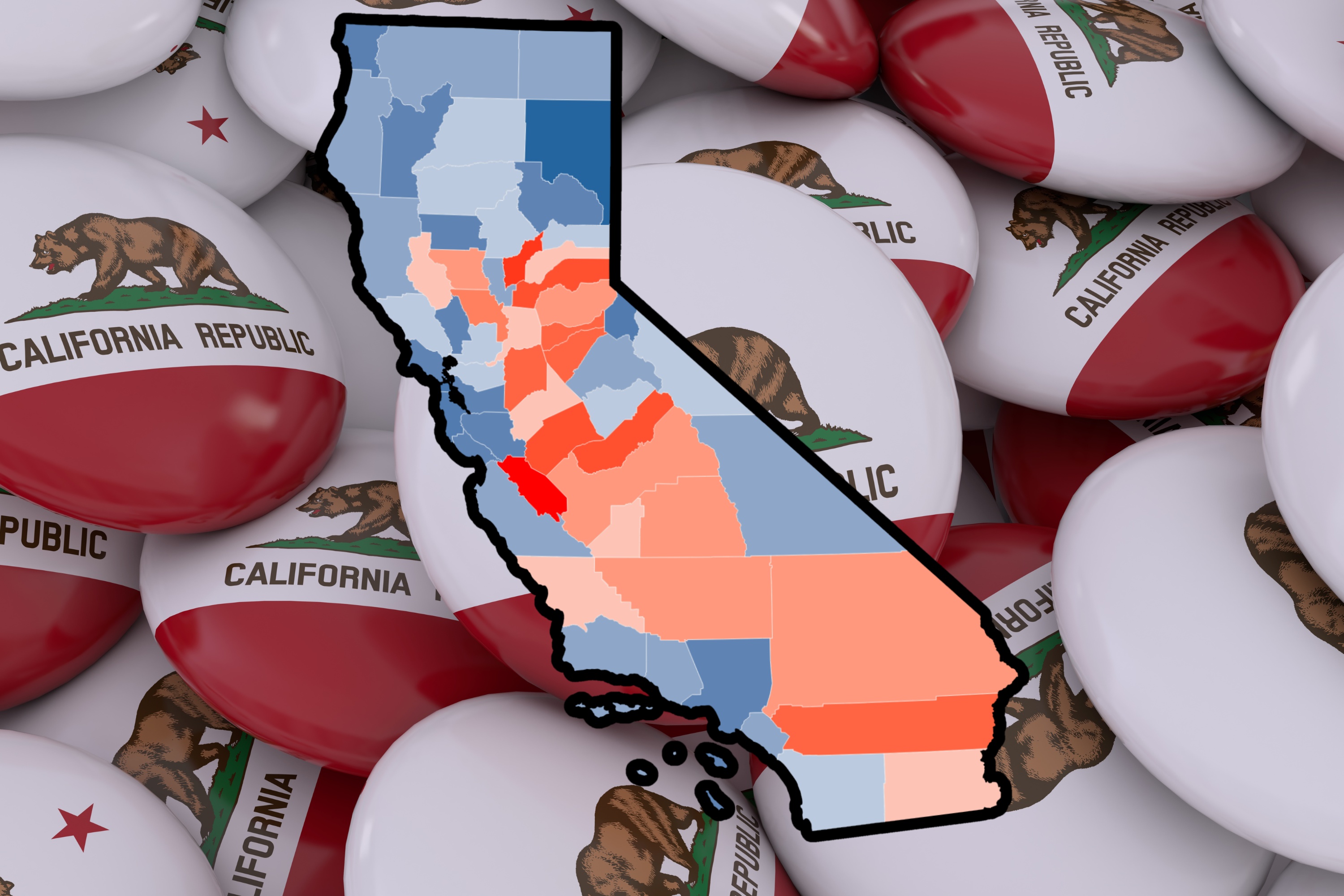California, the most populous state in the U.S., is seeing some unexpected shifts in demographic patterns. Recent reports from the U.S. Census Bureau indicate that California is among the fastest shrinking states, a trend that varies significantly across different regions of the state.
The national population growth has been on a downturn for decades, with New York leading the decline. California, however, isn’t far behind. Although there was a slight uptick in population last year, the overall trend since 2019 shows a gradual drop—from 39.53 million in 2020 to 38.97 million in 2023.
Counties along the coast, such as Los Angeles and San Francisco, have experienced substantial population losses, while certain central areas are thriving.
Here’s a quick look at the five counties that have seen the largest population increases over the past three years:
- San Benito County—up 6 percent
- Yuba County—up 5 percent
- Mader County—up 4 percent
- Merced County—up 4 percent
- Placer County—up 4 percent
Conversely, the counties with the steepest declines are:
- Lassen County—down 11 percent
- San Francisco—down 7 percent
- Alpine County—down 5 percent
- San Mateo County—down 5 percent
- Del Norte County—down 4 percent
Additionally, several counties, such as Alameda and Los Angeles, saw a 3 percent decrease, indicating that coastal regions are experiencing the brunt of the outmigration.
The migration toward the Central Valley is largely influenced by high housing costs, traffic, and the overall cost of living along the coast, according to research from the University of Southern California.
Surveys conducted by the Public Policy Institute of California (PPIC) reveal that about one-third of Californians are considering leaving the state, primarily due to costly housing. This trend isn’t limited to one income bracket; the state is witnessing an exodus across all income levels, especially among higher earners since the onset of remote work during the COVID-19 pandemic. Political climate also plays a role in these decisions.
Adding to the state’s challenges, birth rates are hitting record lows. Back in 2008, fertility rates stood at 2.15 children per woman, above the national average; by 2020, they dropped to just 1.52, making California one of the states with the lowest fertility rates.

What does this mean for California? With declining birth rates, the population is aging rapidly. By 2031, one in four Californians is projected to be over the age of 60—a significant increase from 2010. This demographic shift will pose substantial challenges for healthcare, transportation, and other vital services.
The combination of these trends might also impact California’s status as a leader in research and innovation. For the first time in 2020, the state lost a congressional seat due to population shifts, and continued slow growth may lead to further reductions in the future.
